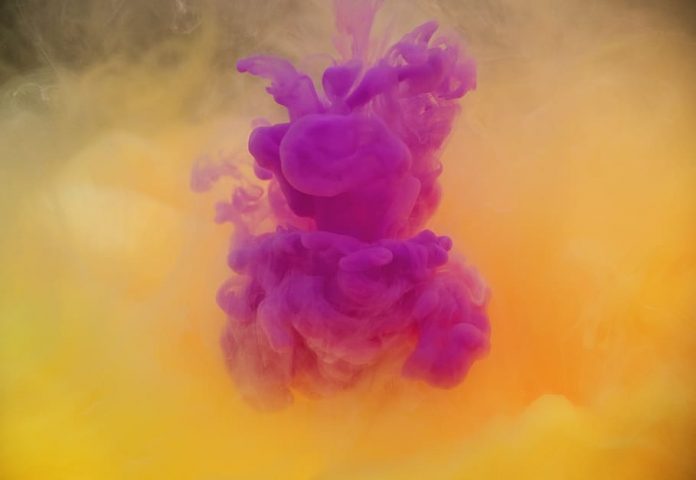In this article we will see how we can access the selection end of incremental text layout object in PYGLET module in python. Pyglet is easy to use but powerful library for developing visually rich GUI applications like games, multimedia etc. A window is a “heavyweight” object occupying operating system resources. Windows may appear as floating regions or can be set to fill an entire screen (fullscreen). Incremental text layout displays text which is suitable for interactive editing and/or scrolling large documents. Unlike TextLayout and ScrollableTextLayout, this class generates vertex lists only for lines of text that are visible. As the document is scrolled, vertex lists are deleted and created as appropriate to keep video memory usage to a minimum and improve rendering speed. Selection end is end position of the active selection (exclusive).
We can create a window and incremental text layout with the help of commands given below
# creating a window window = pyglet.window.Window(width, height, title) # creating a incremental layout layout = pyglet.text.layout.IncrementalTextLayout(document, width, height)
In order to create window we use selection_end attribute with the layout object
Syntax : layout.selection_end
Argument : It takes no argument
Return : It returns integer
Below is the implementation
Python3
# importing pyglet moduleimport pygletimport pyglet.window.key # width of windowwidth = 500 # height of windowheight = 500 # caption i.e title of the windowtitle = "Geeksforneveropen" # creating a windowwindow = pyglet.window.Window(width, height, title) # text text = "neveropen Learn and Grow, Portal for Geeks" # batch objectbatch = pyglet.graphics.Batch() # creating a formatted document# unlike unformatted document it is formatteddocument = pyglet.text.document.FormattedDocument(text) # setting style to the documentdocument.set_style(0, len(document.text), dict(font_name ='Arial', font_size = 16, color =(255, 255, 255, 255))) # creating a incremental text layoutlayout = pyglet.text.layout.IncrementalTextLayout(document, 400, 350, multiline = True, batch = batch) # creating a caretcaret = pyglet.text.caret.Caret(layout, color =(150, 255, 150)) # caret to window push handlerswindow.push_handlers(caret) # setting caret stylecaret.set_style(dict(font_name ="Arial"))# layout update event@window.eventdef on_layout_update(): # printing text print("Layout update Event") # on draw event@window.eventdef on_draw(): # clear the window window.clear() # draw the batch batch.draw() # caret to window push handlers window.push_handlers(caret) # key press event @window.eventdef on_key_press(symbol, modifier): # key "C" get press if symbol == pyglet.window.key.C: # closing the window # window.close() pass # image for iconimg = pyglet.resource.image("gfg.png")# setting image as iconwindow.set_icon(img)# accessing selection color# assigning new colorlayout.selection_color = (100, 255, 100, 255)# setting selection rangelayout.set_selection(10, 30)# getting end position of selectionvalue = layout.selection_end# printing valueprint("End position : ", end ="")print(value) # start running the applicationpyglet.app.run() |
Output :
End position : 30





